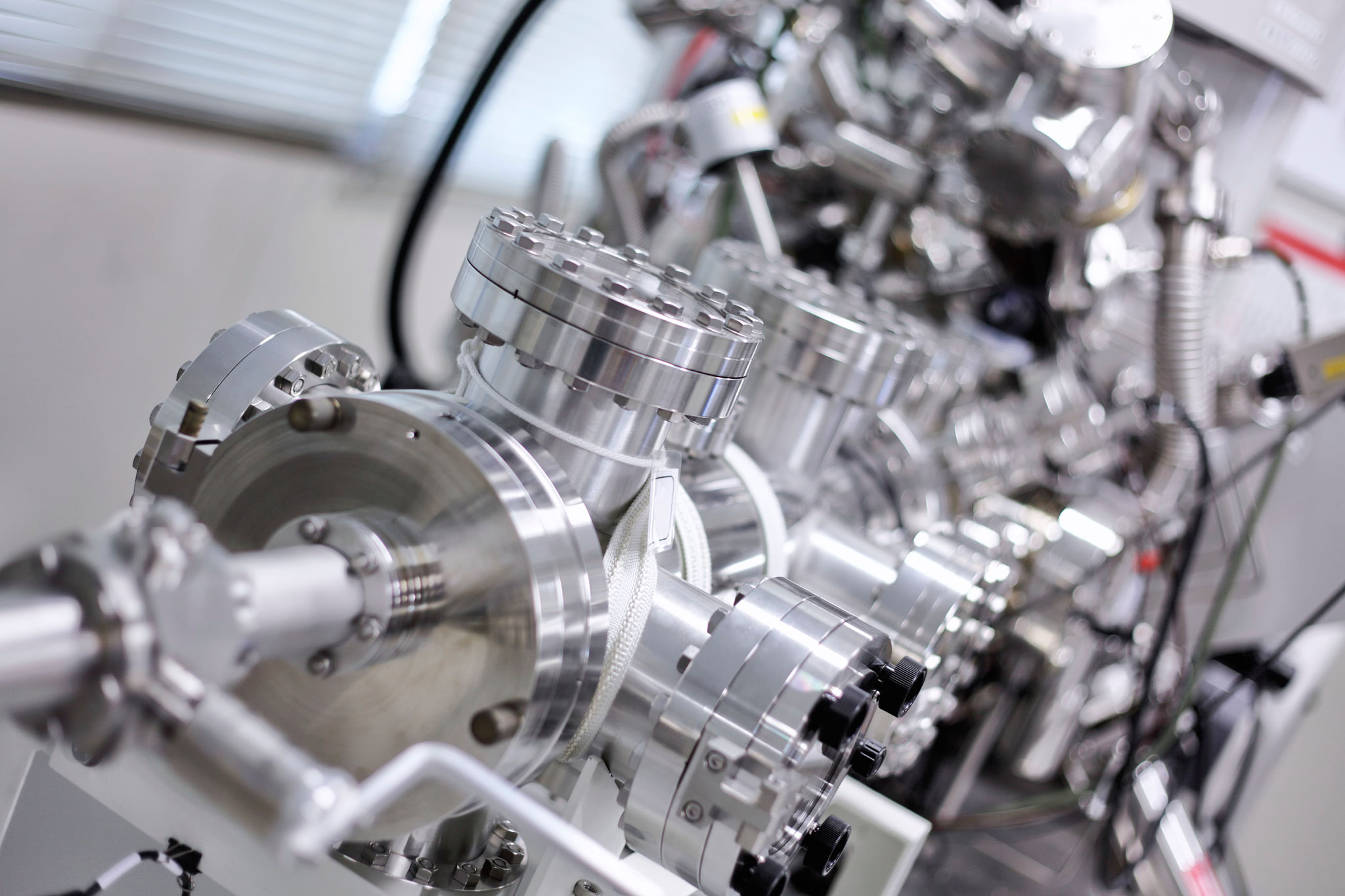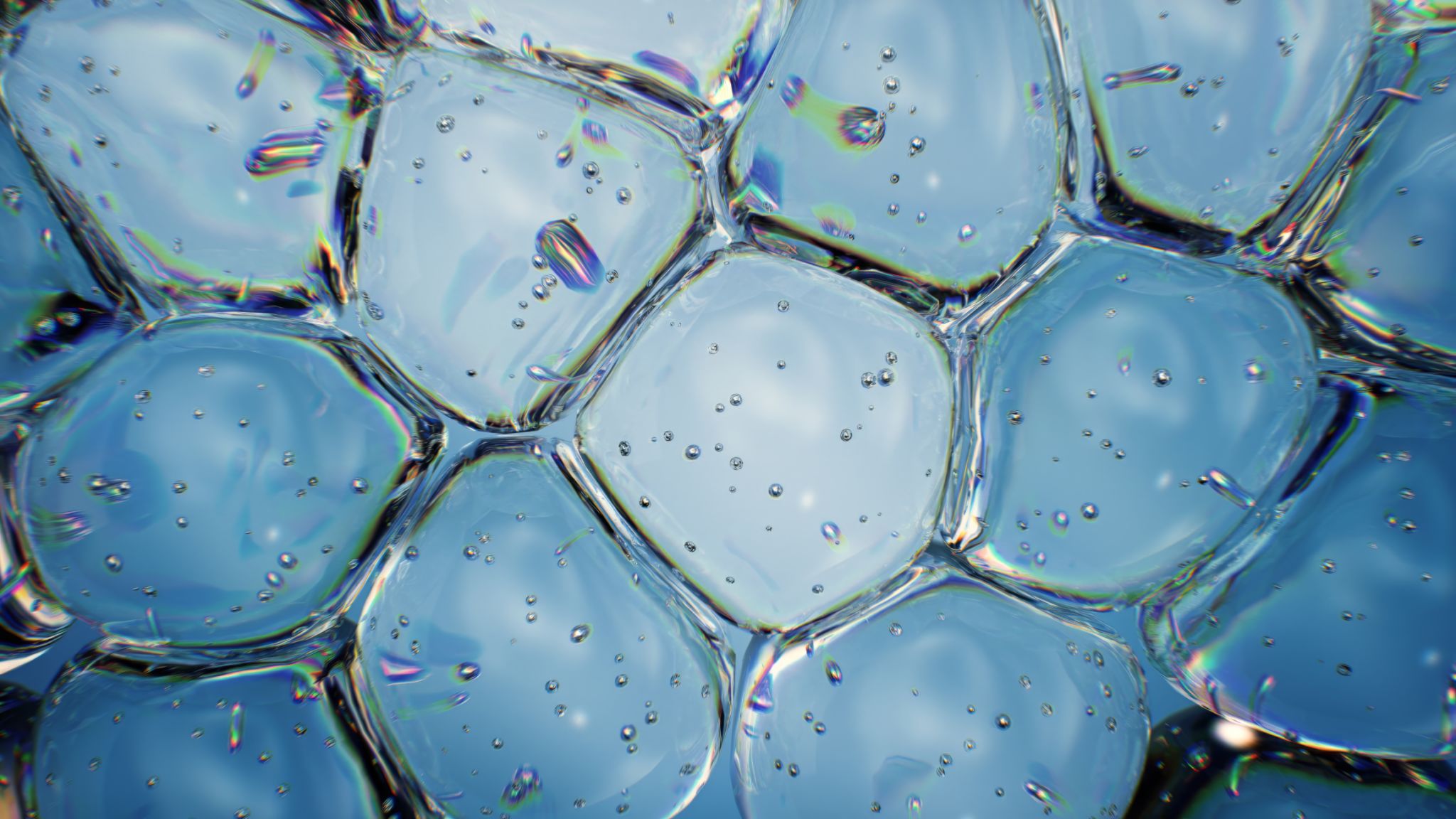Understanding Scientific Analysis Devices: A Comprehensive Guide
Introduction to Scientific Analysis Devices
Scientific analysis devices are pivotal tools in various fields, including chemistry, biology, and environmental science. These devices allow researchers and professionals to conduct precise measurements and analyses, leading to breakthrough discoveries and advancements in technology.

Types of Scientific Analysis Devices
Understanding the different types of scientific analysis devices is crucial for selecting the right tool for your research. Some of the most common devices include:
- Spectrometers: Used to measure light properties and analyze the composition of materials.
- Chromatographs: Essential for separating mixtures to analyze individual components.
- Microscopes: Provide magnified images of small objects, crucial for biological and material studies.
The Role of Spectrometers
Spectrometers are invaluable in both qualitative and quantitative analysis. They measure the wavelength and intensity of light, helping identify substances and determine their concentration. Spectrometers are widely used in industries such as pharmaceuticals, food safety, and environmental monitoring.

Exploring Chromatographs
Chromatography is a powerful technique for separating complex mixtures. Chromatographs use this method to identify and quantify individual components within a sample. They are indispensable in fields like forensic science, petrochemical analysis, and drug development.
There are various types of chromatographs, including gas chromatographs (GC) and liquid chromatographs (LC), each with specific applications depending on the sample type and desired analysis.
The Importance of Microscopes
Microscopes have revolutionized the way scientists view the natural world. By providing detailed images of tiny structures, they enable researchers to study cells, bacteria, and other microorganisms with incredible precision. Microscopes are essential tools in medical research, materials science, and nanotechnology.

Choosing the Right Device
Selecting the right scientific analysis device depends on your research objectives. Consider factors such as the type of analysis required, sample size, and budget constraints. Consulting with experts or reviewing technical specifications can aid in making an informed decision.
Conclusion
Scientific analysis devices are integral to advancing knowledge across numerous disciplines. By understanding their functions and applications, researchers can harness these tools to drive innovation and solve complex problems. Whether you’re analyzing chemical compositions or exploring microscopic worlds, the right device can make all the difference.
